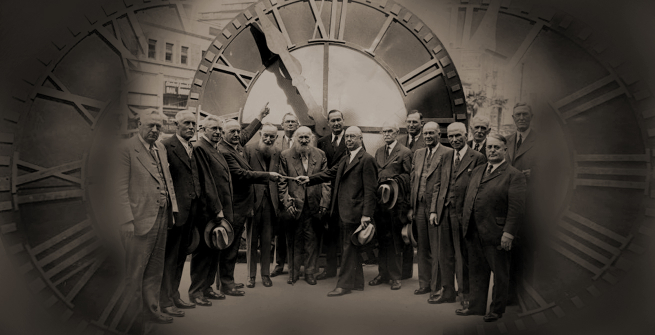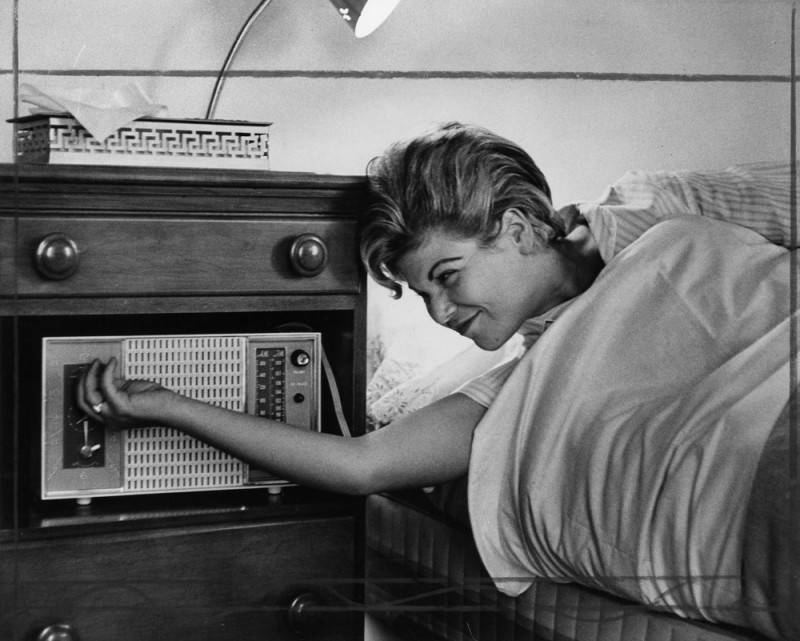Fall officially begins with the autumnal equinox, which fell on September 22nd this year, but it is with the end of Daylight Saving Time that Fall kicks into high gear. Time is interrupted and abruptly travels backward; under the shadow of the night, 2 a.m. mysteriously becomes 1 a.m. The next day, the sweet award of a well-deserved extra hour of sleep is swiftly countered by the shock of a sunset that inorganically travels from the evening into the late afternoon. It is enough to make you think—why in the world do we continue to observe Daylight Saving Time?
Many of our representatives in Washington D.C. have thought the same. The Sunshine Protection Act seeks to make "daylight saving time the new, permanent standard time" and, if passed, would take effect in 2023. Despite passing unanimously through the Senate in March of 2022, and receiving a rare blessing of bipartisan support, the likelihood of either establishing permanent Daylight Saving Time, or eliminating it altogether, appears to be dimming. Although members have cited geographic divisions, a need for further research, and the possibility that the Act passed the Senate exclusively through oversight, the consensus is that the issue isn't a priority during this current lame-duck legislative session. Continued Daylight Saving Time is on the horizon.
As a concept, Daylight Saving Time is popularly credited to Benjamin Franklin and William Willett. Franklin's 1784 letter to the editors of The Journal of Paris observed the economic incentive in reigning in candle usage, which could be fulfilled by rising earlier during the summer months. The tone was satirical and light, and no specific clock-changing proposals were made. The Waste of Daylight, Willett's 1905 treatise, couples similar economic arguments with specific guidelines to shift the clock an hour, albeit in a thankfully unfamiliar manner in which clocks are recalibrated over a month in weekly, 20-minute increments.
The Calder Act, more popularly known as the Standard Time Act of 1918, briefly established Daylight Savings in the United States, which stretched from the last Sunday of March to the last Sunday of October. A war-measure strategy, replicated from similar overseas efforts, it won initial public and political support, but was quickly repealed, vetoed, and repealed again, vetoed again, and ultimately overridden by both Senate and the House; by the end of the Summer of 1919, the Standard Time Act was no more. At least one outcome of this tumultuous process was the often erroneous connection between Daylight Saving Time and farming—Michael Downing explains in Spring Forward: The Annual Madness of Daylight Saving Time:
In May and June 1919, the House of Representatives convened a series of hearings on Daylight Saving. Farmers dominated the debate, vowing to repeal the law and permanently wedding themselves to Daylight Saving in the public's imagination. The fact that the public forgot which side the farmers were on is not the public's fault. By the end of the 1919 hearings, most congressmen had forgotten which side they themselves had been on the previous year.
Following the repeal of The Calder Act, Daylight Saving was observed inconsistently and managed locally. The War Time Act, which ran from 1942 until 1945, established year-round Daylight Savings as part of a more significant belt-tightening effort. Our current system was introduced in 1966 as the Uniform Time Act; a Federally mandated and relatively uniform system, although the beginning and ending dates have shifted over the years and exceptions are made; Puerto Rico, the Northern Mariana Islands, American Samoa, Guam, the U.S. Virgin Island, Hawaii, and Arizona (except for most Native American nations) all do not observe Daylight Savings.
Before the Sunshine Protection Act, the most recent disruption was in 1974 when President Nixon signed the Emergency Daylight Time Act in response to the oil embargo that occurred due to the October War. Public reaction was swift and generally negative. David Prerau, author of Seize the Daylight: The Curious and Contentious Story of Daylight Saving Time, offers a vivid snapshot:
…[E]arly on Sunday morning, January 6, 1974, the United States had its first taste of winter daylight saving time since World War II - to predictably mixed reviews… [M]illions of people grumbled as they woke up in what seemed to be the middle of the night. In New York City, Sunday morning church attendance was off; at the Chicago Zoological Park, zookeepers had to wake up the wolves for their Sunday dinner of ground turkey and horsemeat; and in Houston, 450 longshoremen staged a five-hour boycott because a revised work schedule under DST cost them an hour of overtime pay. But in Oklahoma City, six-year-old Allen Cope was excited about the time change: "I like it because it will give me more time to learn to ride my bike."
This cross-section of reactions captures a central tension; strikingly dark and arguably less safe mornings give way to a longer day, allowing maximized leisure time. Unsurprisingly, the 1970s and 80s saw the beginning of lobbying from business groups, ranging from golf resorts, chambers of commerce, and the candy industry (a longer Halloween evening requires larger investments in candy!), in hopes of extending the Daylight Savings Time period. As originally observed by both Franklin and Willett, there are significant economic stakes in managing the length of the day.
Some folks are primarily concerned with a good night's rest. Good sleep habits are hard-earned, and any disruption to a routine is detrimental. While the "extra" hour of sleep may feel beneficial as we "fall back," research has shown that this change introduces sleep fragmentation and has a net effect of sleep loss, at least over that first week's time. This is especially true for those who like to get their day started early in the morning.
Resetting one's circadian rhythm can be especially difficult with the change in light. Recommendations for regaining a good night's sleep include installing blackout curtains and gradually shifting one's bedtime in small increments, along with old standbys such as no screens or caffeine before bedtime, establishing a routine, and listening to calming, quiet music to lull yourself into sleep. While the future of Daylight Saving Time is hard to predict, the best we can do is to prepare ourselves for great sleep. To this end, we offer a playlist of relaxing music that, whether you are falling back, or springing ahead, should get you ready for what the morning has in store, no matter when the sun rises.















